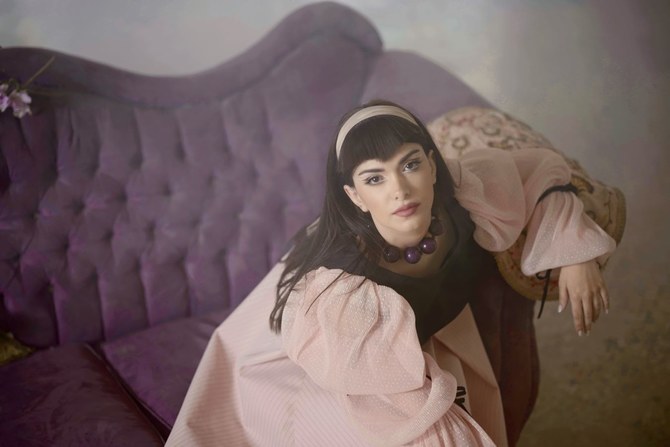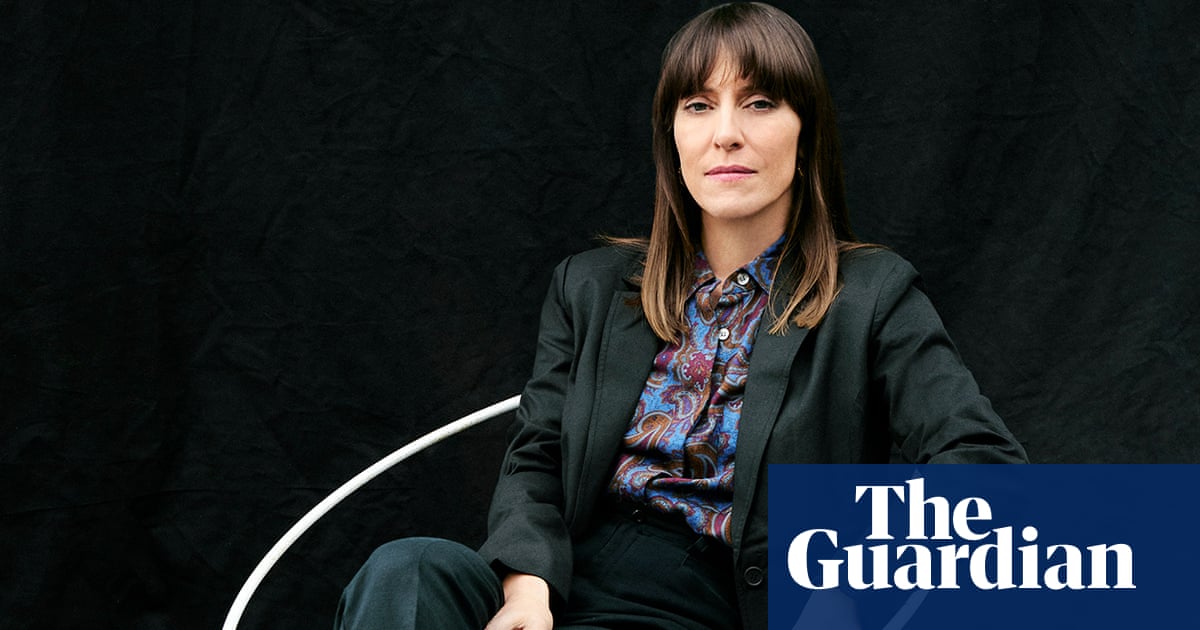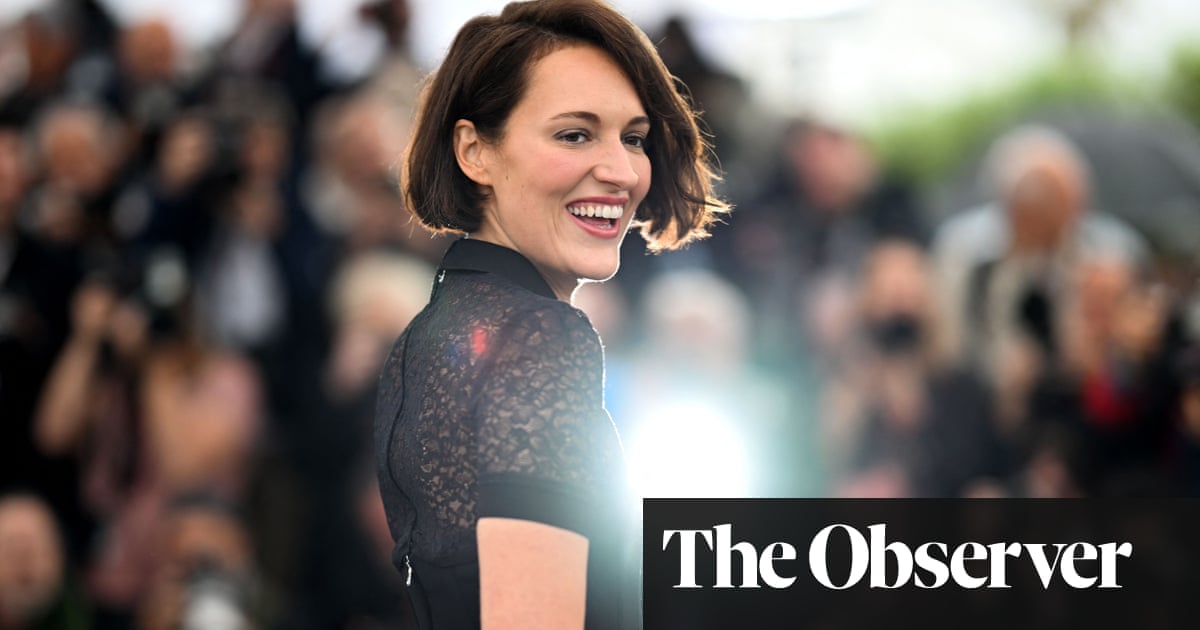
In Leos Carax’s “Annette,” an enchantingly demented rock opera, Adam Driver sings in some very strange places. On a motorcycle. At sea.
“Annette” has predictably caused a stir at the 74th Cannes Film Festival, where its opening-night premiere prompted a wide range of reactions. As you might suspect, opinions tend to differ on absurdist-yet-sincere 140-minute musicals of elaborate melodrama scored by Sparks (the pop duo Ron and Russell Mael) and co-starring a glowing baby (the titular Annette) rendered in the form of a puppet.
And yet, if anyone can agree on anything in “Annette,” it’s that Driver is really good in it. Extraordinary, even. For an actor prone to launching himself fully into the visions of filmmakers, it’s maybe a new pinnacle of rigorous commitment. In even the most out-there parts of “Annette,” Driver is ferociously dedicated and intensely physical. He goes all in.
“It feels very singular,” says Driver. “Like: I won’t be doing this again” — and then he chuckles — “most likely.”
Driver was in Cannes only briefly. Immediately after sharing a cigarette with Carax during the applause for “Annette,” he flew out to return to shooting “White Noise” in Ohio with Noah Baumbach. But a few hours before the premiere, he met for an interview on a hotel balcony off Cannes’ Croisette. His head, he said, was fully immersed in “White Noise.”
But “Annette” is something different for even the eclectic Driver. He signed on to it seven years ago after Carax, the French filmmaker of the blissfully bonkers “Holy Motors,” contacted him having only seen him in “Girls.”
“I’ve been talking about this movie for seven years,” Driver says. “So there is also a sense of relief just having someone watching it, somewhere. I’m relieved it will be out.”
“Annette” will open in theaters Aug. 6 and debut Aug. 20 on Amazon Prime. In it, Driver plays a famous stand-up comedian named Henry McHenry who performs a sinister, physical show, dubbed “The Ape of God,” while clad in a boxing robe. (Driver modeled his movements on a gorilla’s.) His wife is Ann Defrasnoux (Marion Cotillard), an equally famous opera singer. Each night, Henry “kills” his audience while Ann saves them by dying at the end of each performance.
The mix of Carax’s and Sparks’ sensibilities are hard to describe, but everything in “Annette” is heightened, surreal, self-aware — except for the performances. “Even if it feels surreal, I can’t play surreal,” says Driver.
Ron Mael told reporters in Cannes that discussions with Carax began very early on about the movie’s tone. “We were happy to hear, because it’s kind of a shared belief, that the characters should be sincere in what they’re saying, that they shouldn’t be distanced,” said Mael, “That’s really important and separate from so many other kinds of modern musicals.”
It opens with the Maels themselves leading Carax and company in a march out of a recording studio while singing “So May We Start?” But from that point on, the performances have no hint of a wink. When the romance turns dark after the birth of the marionette Annette — gifted right away with a beautiful singing voice — the movie slides into tragedy and, maybe, into the heart of artistic creation.
Justin Chang for The Los Angeles Times wrote that the movie “belongs to Driver,” and that he “has rarely appeared more imposing in his physicality, more bottomless in his capacity for rage and deceit.” Eric Kohn, for IndieWire, called Driver “a deranged force of nature.”
For the first time Driver is a producer. He stayed with “Annette,” even though it meant waiting seven years — the length of his entire “Star Wars” run.
“When somebody like that wants you to do a movie, it’s like how do you not? It’s so obvious. I only try to do things that are no-brainers in my mind,” says Driver. “I haven’t always followed my own advice. But it has to be so obvious. Do you want to work with the Coen brothers? Yes, obviously. Or Scorsese where it’s going to be in Japan? Sure, of course. So this was easy to stay committed to.”
Driver was particularly enamored with Carax’s celebrated 2012 fantasy “Holy Motors,” which like “Annette” is about imagination and the nature of performance.
“In all his movies, it seems like his actors have such freedom — which turned out to be true,” he says. “He’s also good at balancing that with incredible choreography. He likes to cherry pick details of impulses and then suddenly he’s choreographing a dance. When I watch his movies, they seem like freedom.”
Driver tends to be more at ease talking about the directors he works with than his own acting. About Carax he describes the director’s notes as soft spoken, “almost whispers.” After a scene, he’d sometimes realize Carax had acted it alongside him, and was now out of breath. But as for what Driver clings to personally in “Annette”?
“I don’t know myself. I totally get lost in the minutia of filmmaking, the technical aspects of it,” he says. “What it amounts to or what it means or what the movie is for me, I don’t analyze often.”
Driver sings almost the entire time in “Annette,” a performance that follows on the footsteps of his Oscar-nominated turn in Baumbach’s “Marriage Story,” which reached a stunning climax with Driver’s character singing “Being Alive” from Steven Sondheim’s “Company.” Before that, Driver’s musical debut was more tongue-in-cheek, as part of the recording session of “Please Mr. Kennedy” in the Coen brothers’ “Inside Llewyn Davis.”
“I don’t have any plans nor not necessarily no interest to sing again in movies. I always love it in movies,” says Driver. “People do sing in life — I mean, burst into the song. But we don’t communicate through song. In a way, it feels more appropriate. There is something more vulnerable about it.”
But Driver, who was a Marine before dedicating himself to acting, isn’t unaware of the more bonkers dimensions of “Annette.” How has he been describing it to friends and family?
He laughs. “It’s just your run-of-the-mill fantasy musical about a baby.”












